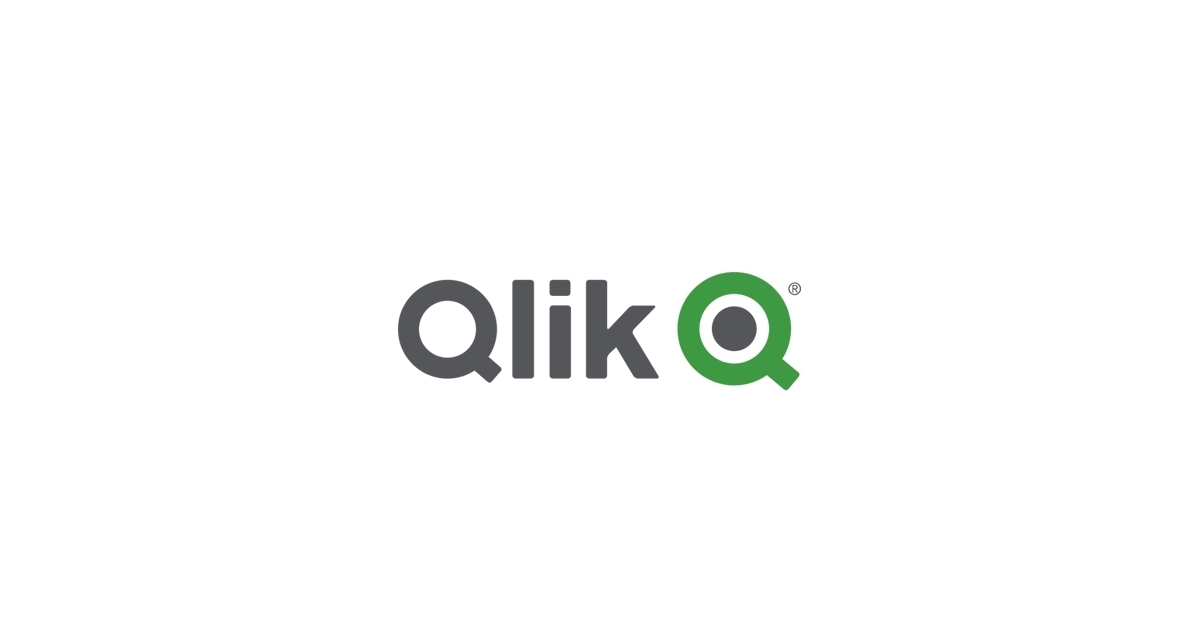Qlik® today announced the debut of Qlik Application Automation, a no-code solution designed to drive action from context-aware insights through streamlined and optimized workflows between SaaS applications and Qlik Cloud. The automated workflows now possible with Qlik Application Automation can trigger alerts, invoke downstream processes, and enhance collaboration that shortens time to value. Based on the Blendr.io acquisition, Qlik Application Automation helps deliver the last mile in Qlik’s vision of Active Intelligence, where technology and processes trigger immediate action from real-time, up-to-date and trusted data to accelerate business value across the entire data and analytics supply chain.
“The SaaS app and related data explosion has dramatically increased manual integration burdens, which limits analytics and IT teams’ ability to respond to data events with real-time insights and undercuts efforts to achieve Active Intelligence,” said James Fisher, Chief Product Officer of Qlik. “With Qlik Application Automation’s no-code, drag and drop approach to automating tasks and data workflows between Qlik Cloud and hundreds of SaaS apps, teams can more easily create the scalable connections and data flows that compel action and shorten time to value from data throughout their entire organization.”
A Statista May 2021 report shows SaaS applications accounted for 70 percent of the software used globally in 2020, with an average of 80 SaaS applications per organization, up from an estimated 8 in 2015. The explosion in SaaS-related data, along with the worldwide push to become more data-driven that was accelerated by COVID-19, has dramatically intensified IT and data team workloads. The significant hours and manual tasks required to integrate the universe of hundreds of potential SaaS applications into a coherent analytics process has limited the ability of internal teams to deliver on the promise of real-time data-driven decision-making through Active Intelligence.
Qlik Application Automation – with its no-code, drag and drop approach and native integration with Qlik Cloud – creates a seamless connection between the market’s leading analytics platform and the 3rd party SaaS applications that drive every business. With automated analytics environments, applications, and workflows, IT and data teams can dramatically increase data-driven actions with context aware insights throughout the organization. And with Qlik Application Automation’s reusable templates, teams can ensure consistency and enhance productivity, especially for tasks such as analytics DevOps, app publishing, and the delivery of insights from Qlik to collaboration tools such as Slack and MS Teams.
“With Qlik we’ve taken the first big step in gaining visibility into our entire supply chain and gained a better understanding of what’s happening in the business,” said Chris Brunton, Business Intelligence Manager at Dorel Home. “With Qlik Application Automation, we’ll be able to take the next step in activating our data to drive smart processes that can help us respond to changing conditions across the globe.”
Qlik Application Automation cuts down the time needed for programming of repetitive back-office tasks and gives more time back to teams to deliver compelling real-time analytics with:
- Smart connectivity and blocks – Quickly connect to market leading SaaS applications such as Salesforce, Slack and MS Teams, represented as smart blocks, removing the need to technically understand an application’s low-level API.
- No-code user interface (UI) – Simple for business users, yet also offers advanced features like conditions, variables, loops, data mapping, error handlers and templates that IT specialists can use to accelerate flow development.
- Native Qlik Cloud integration – Easily build flows that leverage Qlik’s native APIs to automate your analytics DevOps processes.
- Dynamic automation triggers – Invoke automation flows from a variety of mechanisms to suit specific business needs. Trigger automations on-demand, use webhooks to activate flows from events, or schedule automations to execute at specific times.
- Central management and robust runtime – Manage and monitor the execution of your automations via Qlik Cloud to ensure flows are running and meeting your enterprise-wide SLAs.
“Using Qlik’s automated workflows has been a huge win for us and increased our competitiveness tenfold,” said Alex Connell, VP of Professional Services, Zift. “We’re now able to trigger processes that provide actionable data every 30 seconds, instead of 24 hours. It’s a real game changer.”


